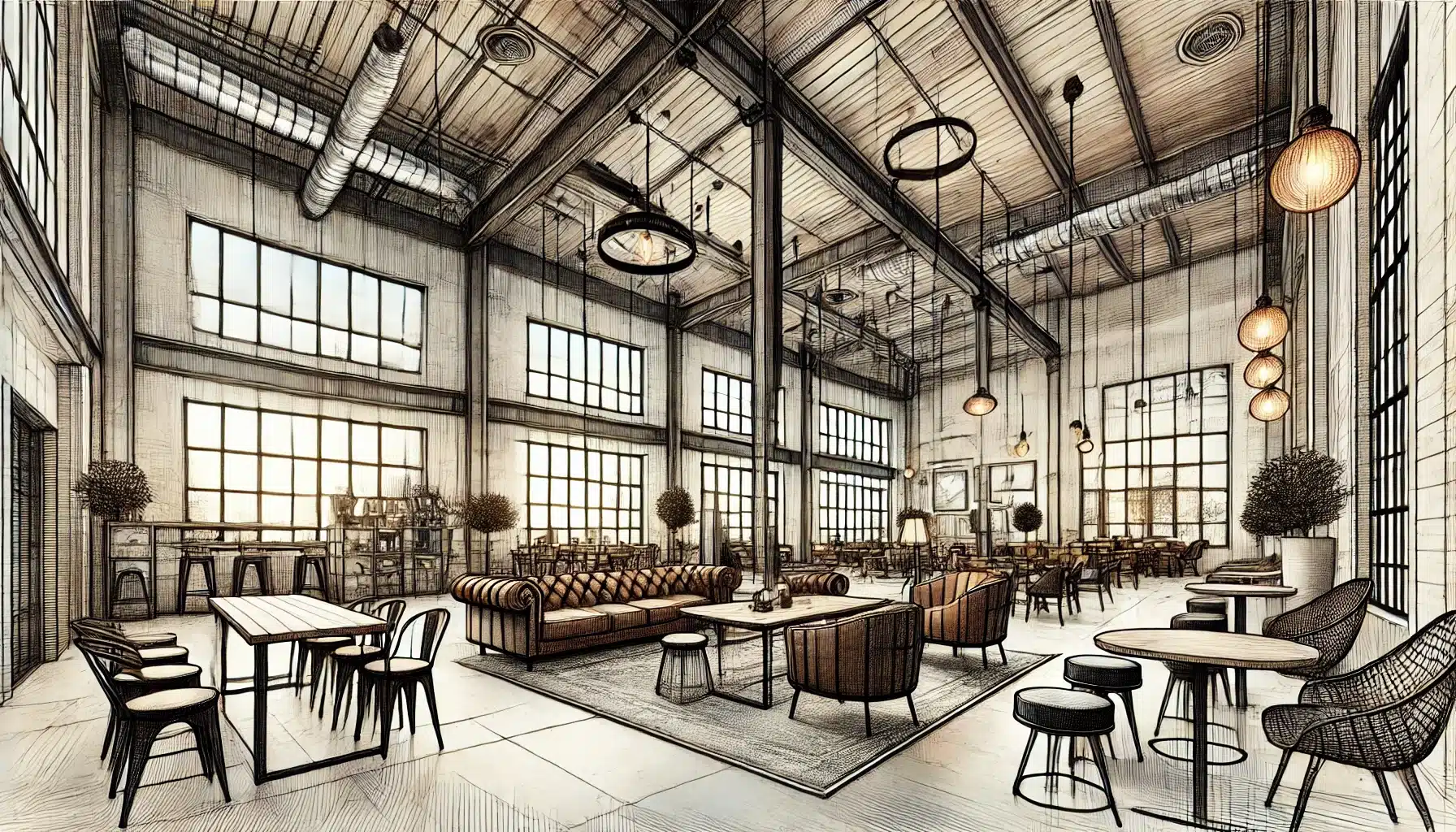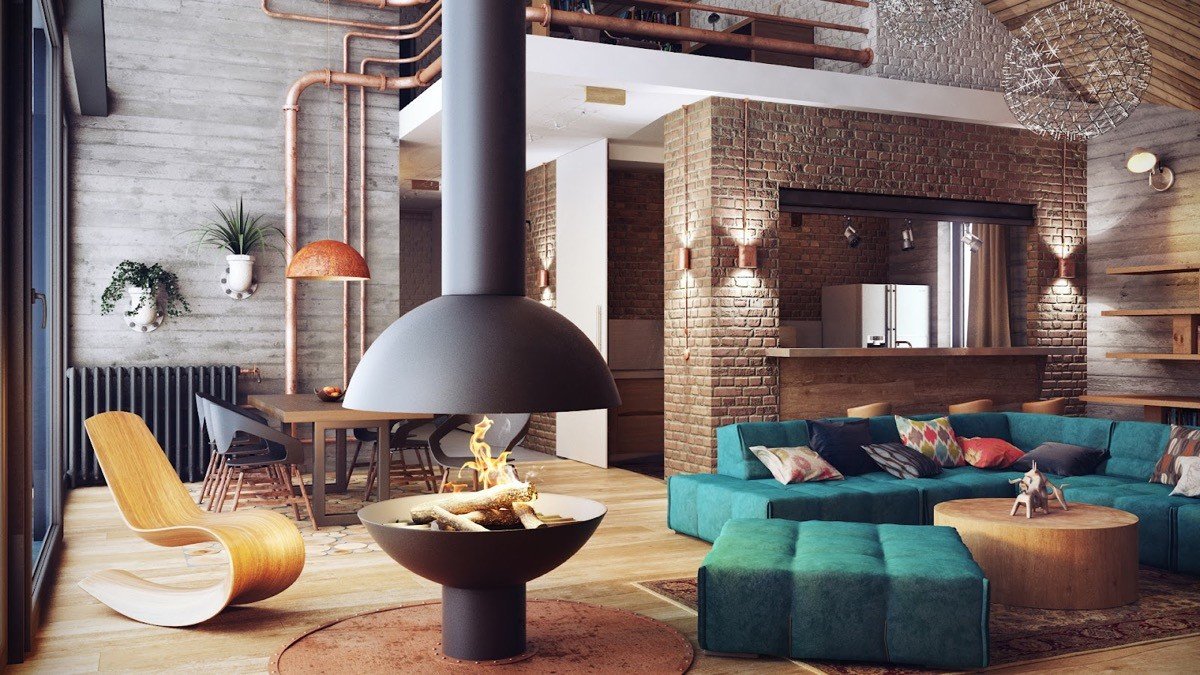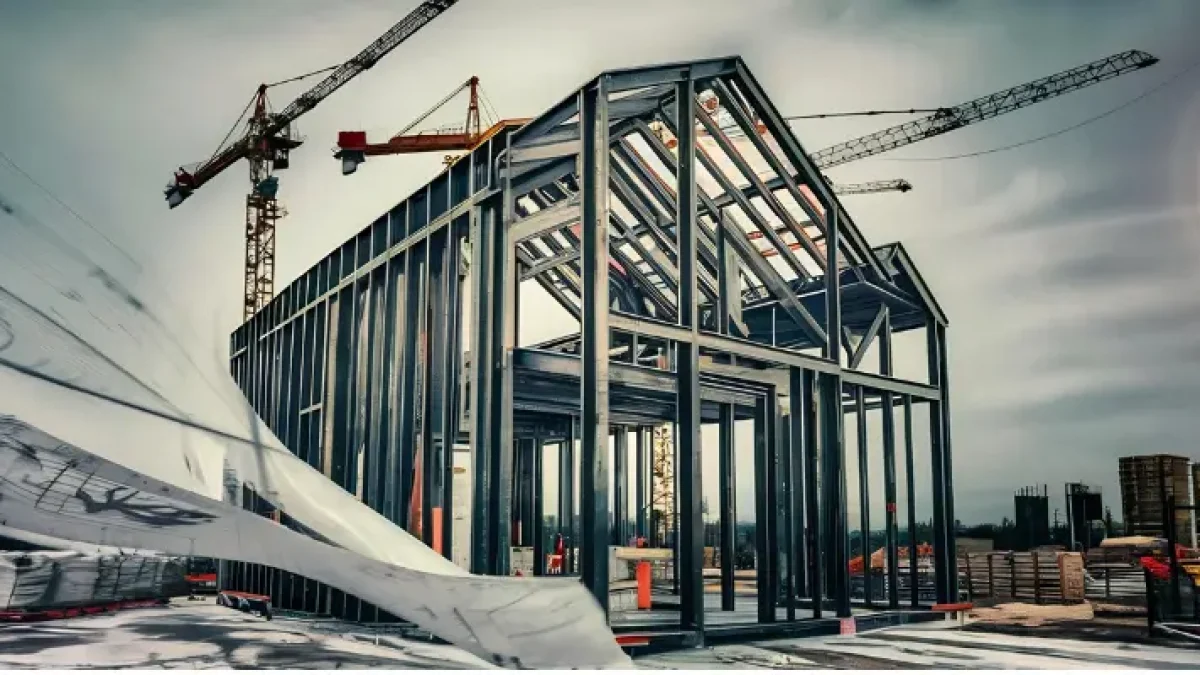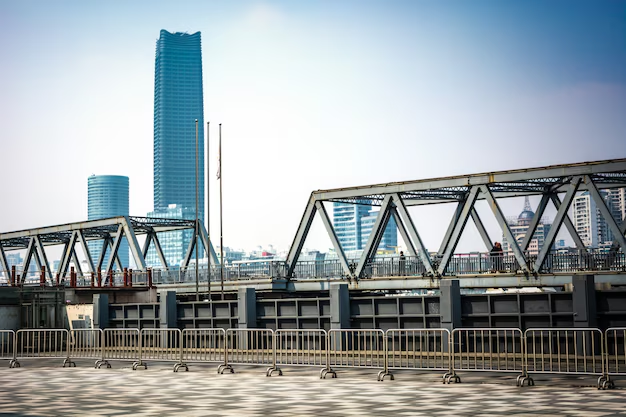Industrial Designs is an essential discipline that has profoundly influenced the evolution of modern products. From the everyday appliances we use at home to the gadgets we carry in our pockets, industrial design plays a central role in shaping the functionality, usability, and aesthetic appeal of products. As industries and technologies evolve, so too does industrial design, constantly adapting to consumer needs, environmental considerations, and technological advancements. This article will explore what industrial design is, how it shapes modern products, its importance in the manufacturing process, and its influence on product development across various industries.
Key Takeaways
- Industrial design is about more than just aesthetics; it involves creating products that are functional, usable, and efficient.
- Industrial designers balance form and function to ensure products are both attractive and easy to use.
- Sustainability plays a growing role in industrial design, focusing on eco-friendly materials and energy-efficient processes.
- Technological integration in industrial design shapes modern products, from smart devices to advanced automotive solutions.
- User experience (UX) is at the heart of industrial design, ensuring that products are intuitive and user-friendly.
What Is Industrial Design?

Industrial Designs is a specialized field of design that focuses on the creation and development of products that are mass-produced for consumer use. It combines elements of art, engineering, and technology to create products that are not only functional but also aesthetically appealing, easy to use, and efficient to manufacture. Industrial design is an essential discipline in the development of products across a wide range of industries, including consumer electronics, automotive, furniture, appliances, medical devices, and more.
At its core, industrial design is about creating products that serve a specific purpose while being user-friendly, visually attractive, and environmentally sustainable. It involves careful consideration of materials, ergonomics, production methods, and the overall user experience to create products that improve lives and contribute to the success of businesses.
Key Aspects of Industrial Design
- Functionality: One of the most important aspects of industrial design is ensuring that the product works well for its intended use. Whether it’s a piece of furniture, a kitchen appliance, or a gadget, a product must perform its intended function efficiently. Industrial designers focus on making sure that products serve a practical purpose while being user-friendly.
- Aesthetics: Industrial design also emphasizes the visual appeal of products. The design of a product can influence consumer perception and determine whether a product is perceived as valuable. Good aesthetics can enhance a product’s appeal, leading to better marketability and customer satisfaction.
- Ergonomics: A key element of industrial design is creating products that are comfortable and easy to use. Ergonomics focuses on designing products that fit the human body and make interactions easier and less taxing. From the shape of a chair to the size of a smartphone, ergonomic design aims to reduce physical strain on users.
- User Experience (UX): Industrial design goes beyond aesthetics to focus on how a product feels and performs in real-world scenarios. By considering how people will interact with a product, industrial designers ensure that the product offers a positive experience, leading to greater user satisfaction.
- Sustainability: As environmental concerns grow, industrial design increasingly focuses on creating sustainable products. This includes using eco-friendly materials, reducing energy consumption during production, and designing products that can be recycled or repurposed at the end of their lifecycle.
- Innovation: Industrial design is often at the forefront of innovation. Designers are tasked with developing new concepts, integrating the latest technologies, and finding creative solutions to everyday problems. Innovations in industrial design lead to the creation of new product categories and groundbreaking technologies.
Why Is Industrial Design Important?
Industrial design is important because it directly impacts the way products are perceived, used, and experienced by consumers. It is a discipline that helps bridge the gap between form and function, ensuring that products are not only useful but also desirable. The benefits of industrial design include:
- Increased usability: Well-designed products are easier and more comfortable to use, which improves overall user satisfaction.
- Enhanced aesthetics: Aesthetically pleasing products are more attractive to consumers, leading to higher sales and brand recognition.
- Better performance: Industrial designers optimize products for efficiency, leading to better performance and reduced waste.
- Improved sustainability: By focusing on eco-friendly materials and energy-efficient manufacturing, industrial design can contribute to environmental sustainability.
- Innovation: Industrial designers push the boundaries of what is possible, leading to innovative products that change industries and improve people’s lives.
Applications of Industrial Design

Industrial design spans many industries, including:
- Home Appliances: From washing machines to refrigerators, industrial design plays a major role in making household appliances more efficient, intuitive, and visually appealing.
- Consumer Electronics: Products like smartphones, laptops, tablets, and wearable technology rely heavily on industrial design. Designers focus on making these devices functional, user-friendly, and visually appealing.
- Automotive: Car design combines aesthetics, aerodynamics, and functionality to create vehicles that are not only visually attractive but also comfortable, safe, and efficient.
- Furniture: Industrial design has a significant impact on furniture, where both function and form are crucial. Designers create furniture that is ergonomic, space-efficient, and stylish.
- Medical Devices: Industrial design is essential in the creation of medical devices such as hearing aids, surgical tools, and diagnostic equipment. These products must be functional, precise, and safe for use in healthcare settings.
- Packaging: Packaging design is another important aspect of industrial design. Designers ensure that products are packaged in a way that protects them while also appealing to consumers and promoting the brand.
How Does Industrial Design Shape Modern Products?
Industrial design has a profound impact on the development of modern products across various industries. Below are some of the ways industrial design shapes the products we use today:
1. Enhancing Functionality and Usability

At the heart of industrial design is functionality. Every product must serve its intended purpose, and industrial designers ensure that products are designed to function well, whether they are for personal, household, or industrial use.
For example, the smartphone, a product that has become integral to modern life, is a result of industrial design. Not only does it serve as a communication tool, but it also combines features such as photography, gaming, navigation, and productivity tools in a sleek and compact form. Designers focus on enhancing the usability of these devices, ensuring that buttons, touchscreens, and interfaces are intuitive and easy to use.
2. Improving Aesthetics for Consumer Appeal
In today’s competitive market, the way a product looks is often just as important as how it functions. Industrial designers help create products that are visually appealing and align with consumer trends and preferences. This can drive product desirability and differentiate products in the marketplace.
The design of consumer electronics, such as laptops, smartphones, and wearable devices, exemplifies how industrial design shapes aesthetics. Companies like Apple, for instance, have built a strong brand identity through minimalist, elegant product designs that are both functional and beautiful. The seamless integration of form and function is a hallmark of modern industrial design.
3. Focusing on User Experience
User experience (UX) design is central to industrial design, particularly in consumer-facing products. Designers prioritize user-centric features to ensure that products are intuitive, easy to navigate, and enjoyable to use. This approach helps improve customer satisfaction and loyalty.
A good example is the modern electric toothbrush, which has evolved from a simple mechanical product to a sophisticated, smart device that tracks brushing habits, provides feedback, and even connects to mobile apps. Designers have transformed this product from something functional to an experience-driven product that integrates seamlessly into daily routines.
4. Making Products More Sustainable
With growing environmental concerns, sustainable design has become a key focus for industrial designers. Many industrial designers today emphasize the use of recyclable materials, energy-efficient manufacturing processes, and long-lasting products that reduce environmental impact.
For example, the rise of electric vehicles (EVs) is not just a response to environmental concerns but also an opportunity for industrial designers to rethink how transportation can be both functional and sustainable. Designers are working to create cars with lighter frames, more energy-efficient batteries, and designs that contribute to lower emissions.
5. Innovating New Technologies
Industrial design plays a key role in bringing technological innovations into everyday products. Designers take cutting-edge technologies, such as artificial intelligence, the Internet of Things (IoT), and advanced materials, and integrate them into user-friendly products that serve a wide range of purposes.
Smart home devices, such as thermostats, light bulbs, and security systems, are an excellent example of how industrial design transforms emerging technologies into practical, accessible products for consumers. By integrating smart technology with easy-to-use interfaces and appealing designs, these products enhance the quality of life for users while embracing innovation.
6. Creating Efficient Manufacturing Systems
In addition to designing individual products, industrial designers often work on optimizing production methods to make products more cost-effective, faster to manufacture, and easier to assemble. This efficiency drives down costs and allows companies to scale production to meet demand.
The design of products such as furniture, home appliances, and vehicles often incorporates standardized components and manufacturing techniques that enable mass production. By making products easier and more efficient to manufacture, industrial design plays a vital role in the global economy.
The Impact of Industrial Design on Various Industries
Industrial design is a vital component of a wide range of industries. Its impact is felt in areas such as:
- Consumer Electronics: From smartphones to smart speakers, industrial design transforms everyday electronics into sleek, functional devices that meet the demands of modern life.
- Automotive: Industrial design shapes the aesthetics and functionality of vehicles, from the dashboard layout to the vehicle’s exterior design. It also plays a role in making cars more fuel-efficient and safer for consumers.
- Furniture: Industrial design makes furniture comfortable, functional, and stylish. Designers create pieces that blend seamlessly with a variety of interior styles while optimizing space and enhancing comfort.
- Healthcare: Industrial design contributes to medical devices, from diagnostic tools to hospital equipment. These products must be functional, user-friendly, and safe for medical professionals and patients alike.
- Packaging: The packaging of consumer goods has evolved with industrial design, making it not only functional but also visually attractive. Innovative packaging helps to protect products, improve shelf appeal, and communicate a brand’s identity.
- Fashion: Industrial design also contributes to the design of wearable products like watches, eyewear, and accessories, ensuring that they are comfortable, durable, and aesthetically pleasing.
The Role of Industrial Design in Shaping Modern Products
Industrial design is more than just about the look of a product—it’s about creating products that work better, last longer, and fit seamlessly into our daily lives. Below are some ways in which industrial design shapes modern products:
1. Improving Functionality and Efficiency
The main purpose of industrial design is to enhance the functionality of products. Whether it’s simplifying user interaction, optimizing space, or improving the efficiency of how a product performs its tasks, industrial designers work to make everyday objects more functional.
For example, the smartphone, a product heavily influenced by industrial design, combines several complex technologies into one device, allowing users to make calls, take photos, browse the internet, and access an array of applications. Designers continually refine the phone’s interface, its responsiveness to touch, and its overall ergonomics, ensuring that it’s both functional and easy to use.
2. Enhancing Usability Through Ergonomics
Products that are designed with ergonomics in mind offer users more comfort and ease of use. This is evident in consumer electronics like laptops, which are designed with comfortable keyboards and screen angles that minimize strain. Similarly, ergonomic office furniture, such as chairs and desks, has revolutionized workplaces by ensuring workers remain comfortable for longer periods.
Good industrial design prioritizes the health and well-being of the user. For instance, tools such as drills, hammers, and even kitchen utensils are designed to fit comfortably in the user’s hand, reducing strain and improving efficiency.
3. Creating Sustainable Products

Sustainability has become a significant focus in modern industrial design. With growing awareness of environmental concerns, designers are adopting eco-friendly materials and manufacturing techniques that reduce waste and the carbon footprint of products.
For example, biodegradable materials and recyclable packaging are used more frequently in products, while energy-efficient devices are increasingly common in households and industries. The design of electric vehicles, solar-powered gadgets, and even green building technologies are examples of how industrial design plays a critical role in sustainability efforts.
4. Integrating Technology and Innovation
The intersection of industrial design and technological innovation is one of the most transformative aspects of the field. Industrial designers are at the forefront of integrating cutting-edge technologies into consumer products. This includes the incorporation of artificial intelligence, smart technologies, and advanced materials.
A good example is the integration of smart technology into everyday appliances such as refrigerators, washing machines, and thermostats. These products are now designed to be controlled via mobile apps, offer energy-saving features, and optimize their use based on user preferences.
5. Contributing to Branding and Marketability
Industrial design is a powerful tool in branding. A product’s design often becomes a key identifier for a brand, shaping consumer perceptions and driving sales. The Apple brand, for instance, is synonymous with sleek, minimalist industrial design, and this aesthetic is a major part of its appeal.
Products that are well-designed stand out in the marketplace, making industrial design an essential aspect of brand identity. The visual aspects of industrial design influence how products are marketed, packaged, and sold, ultimately affecting their success in the market.
Also Read: How Do Factory Buildings Influence Industrial Efficiency?
Conclusion
Industrial design is much more than the aesthetic appearance of a product; it is an essential and multifaceted field that bridges creativity with functionality, shaping the way products serve users and impact the world around them. From the first conceptualization to the final production of mass-market items, industrial designers are tasked with ensuring that products are not only functional but also easy to use, sustainable, and visually appealing. As modern society continues to evolve, industrial design plays a pivotal role in defining the products that shape our daily lives, influence consumer behavior, and push the boundaries of technology.
One of the primary ways industrial design influences modern products is through its focus on functionality and usability. Designers ensure that products fulfill their intended purposes in an efficient and intuitive manner, enhancing the overall user experience. The rise of consumer electronics, such as smartphones, laptops, and home appliances, showcases how design excellence can improve day-to-day life, from ease of operation to increased performance and reliability.
FAQs
What is industrial design?
Industrial design is the process of creating functional, aesthetically pleasing products that are mass-produced. It combines art, engineering, and consumer understanding to design products that are both practical and attractive.
What is the difference between industrial design and graphic design?
Industrial design focuses on the creation of physical products, while graphic design primarily deals with visual communication and design for digital or print media.
How does industrial design impact consumer experience?
Industrial design impacts consumer experience by making products more user-friendly, aesthetically pleasing, and efficient. It shapes the way consumers interact with products, improving usability and satisfaction.
What industries benefit from industrial design?
Industries such as consumer electronics, automotive, healthcare, furniture, home appliances, and even packaging benefit from industrial design.
Why is sustainability important in industrial design?
Sustainability in industrial design helps reduce the environmental impact of products through the use of eco-friendly materials, energy-efficient manufacturing, and waste reduction practices.
How do industrial designers approach product innovation?
Industrial designers approach product innovation by combining user research, technological advancements, and creative thinking to solve existing problems or create new solutions.
Can industrial design make a product more affordable?
Yes, industrial design can optimize manufacturing processes, reduce material waste, and streamline production, which can lead to cost savings and lower prices for consumers.




